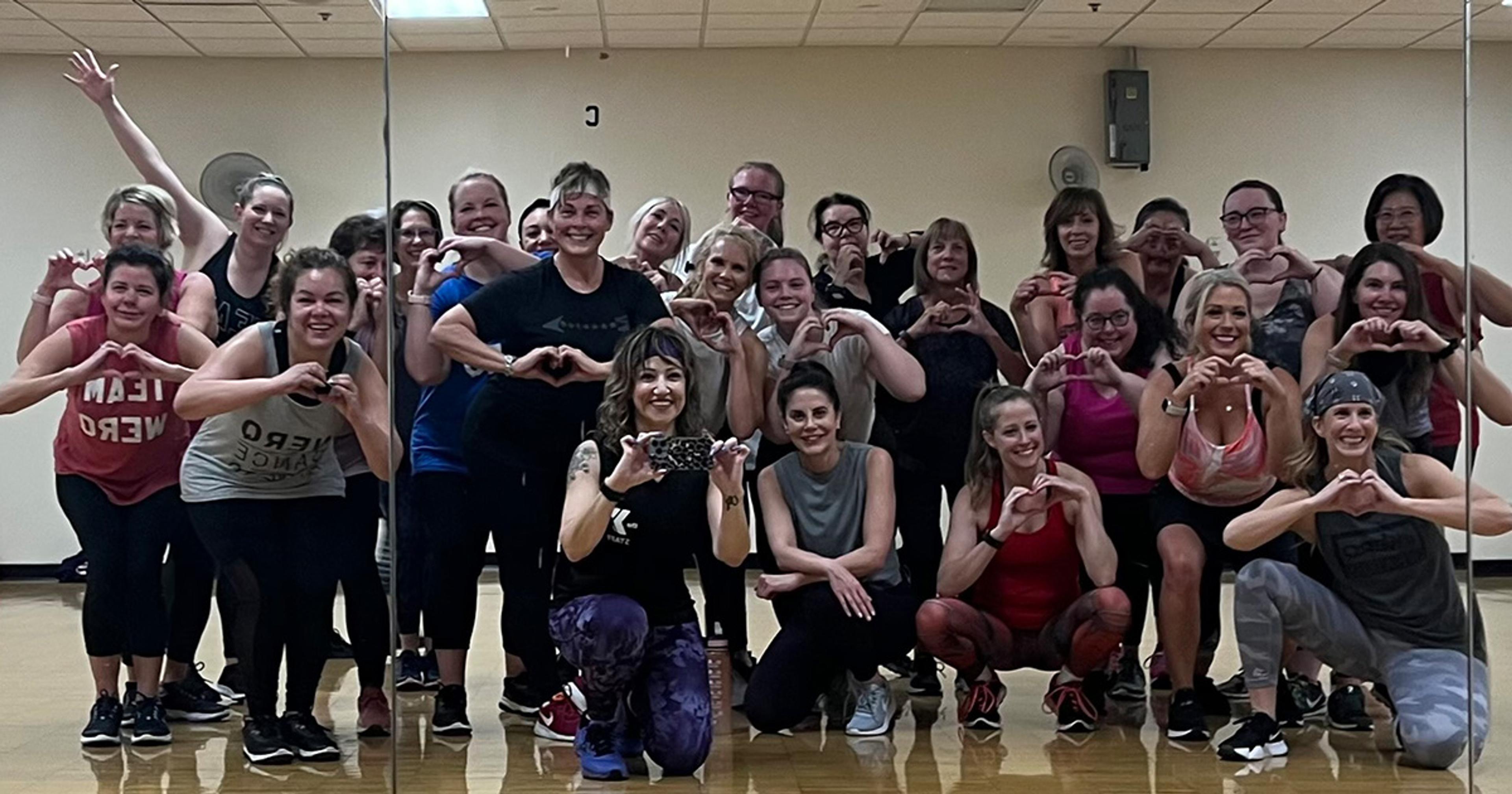The right way to stay fit and healthy while pregnant
| 3 min read

While the most common pregnancy myth is that an expecting mother needs to eat for two, a close second is the myth that you have to sacrifice your fitness routine to keep you and your baby healthy. If you’re already active, exercise during pregnancy can boost your mood and energy levels, improve your sleep and prevent excess weight gain. Physical activity also eases or prevents back pain and other discomforts, as well as increases the stamina and muscle strength you’ll need when your due date arrives.

On top of that, exercise during pregnancy benefits your newborn. Researchers found that babies of mothers who exercised during pregnancy had more developed brains at 8 to 12 days old. Plus, physical activity might reduce the risk that your baby is born significantly larger than average.
As you can see, the research shows a fit pregnancy benefits both mother and child. The American College of Obstetrics and Gynecology recommends 30 minutes or more of moderate exercise per day on most, if not all, days of the week (unless you have a medical or obstetric complication). The following exercises are considered to be safe and effective options for expectant mothers, but of course, check with your health care provider before starting any exercise regimen:
Walking: A brisk stroll gives you a cardiovascular workout without putting too much pressure on your knees and ankles. It’s also safe to do through all nine months of pregnancy, but stick to smooth surfaces and watch for potholes since you’ll be unbalanced and less coordinated as your baby bump grows bigger. If you’re already a runner, you should be able to continue with your doctor’s approval, but pregnancy isn’t the time to start a running routine. You also shouldn’t start training for a marathon, triathlon or any other intense race while you’re expecting.
Swimming: Health and fitness experts say swimming is the best and safest exercise for pregnant women. When you’re in the pool, you feel weightless, don’t have to worry about falling and get to enjoy the alleviated back pressure. Breaststroke is an especially good option since you don’t have to rotate your torso or belly.
Yoga: Prenatal yoga classes can help you maintain muscle tone and stay flexible. You can even use yoga techniques such as steady breathing and visualization to remain calm during labor. Skip positions that challenge your balance or require you to lie flat on your back, as this can put too much pressure on major veins and decrease blood flow to your heart.
Weight Training: Strength exercises build up the muscles surrounding your joints, which become more prone to injury during pregnancy. There’s no need to stop lifting if it’s already part of your routine, but you should reduce your typical amount of weight by half and focus on slow, controlled motions. Since the weight is lighter, you can always do more repetitions to make sure you’re still getting a great workout.
While these are some of the most popular options, your fitness routine during pregnancy certainly isn’t limited to these activities. Other pregnancy-friendly exercises include low-impact aerobics and cycling on a stationary bike. If you already do more intense aerobic activities, you should be able to continue during your pregnancy as long as your doctor approves and you don’t start to experience worrisome symptoms like…
- Dizziness
- Headache
- Increased shortness of breath
- Chest pain
- Uneven or rapid heartbeat
- Uterine contractions that continue after rest
- Decreased fetal movement
Immediately contact your health care provider if you experience anything scary like vaginal bleeding. You should also reach out to them if the symptoms described above linger after you stop exercising.
Check out these blogs if you enjoyed this one:
Photo credit: Nathan Rupert





